Best Hospital For Gallbladder Stone Removal Surgery In Hyderabad, India
- 30+ Years of Experienced Surgeons
- Minimally Invasive Surgical Interventions
- Advanced Laparoscopic Cholecystectomy
- 30-45 Minute Surgical Procedure
- Permanent & Safe Treatment for Gallstone
- Complete Insurance Assistance & Follow-Up
What are gallstones?
Gallstones are pieces of stone-like debris formed from bile, usually found in the gallbladder. They vary in size, shape, and colour. There are various types of gallstones; the commonest are made up of excess cholesterol (one of the ingredients in bile).
Why are gallstones formed?
The formation of gallstones is associated with a diseased gallbladder that is not functioning properly. when bile stored in the gallbladder hardens into stone-like material, often due to an imbalance of cholesterol, bilirubin, or bile salts, or if the gallbladder doesn’t empty properly
When is a gallbladder surgery advised?
Cholecystectomy, surgical removal of the gallbladder is advised when the stones cause attacks of severe pain. The aim of this operation is to prevent further attacks or complications (as inflammation of the pancreas).
How is the a gallbladder surgery done?
Cholecystectomy or gall bladder removal surgery can be done by open or minimally invasive surgical methods.
Open cholecystectomy:
It involves removing the gallbladder by making large incisions over the abdomen.
Laparoscopy, or ‘keyhole’ surgery:
It is a minimally invasive surgical approach that allows the surgeon to inspect the inside of the abdomen without having to make large cuts (incisions).
The procedure typically involves few important steps
- A laparoscope and other laparoscopic instruments, such as scissors and forceps, are inserted through the small cuts into the inflated abdominal cavity.
- A laparoscope is a long, narrow tube that has a small camera attached to the end. It helps the surgeon to clearly visualise the structures within the abdominal cavity
- After proper dissection and ligation of vital structures, the diseased gallbladder is then removed through one of the cuts.
- The surgery normally takes 30 to 60 minutes and this typically depends on the size of the gallbladder, how inflamed it is, and the difficulty of the operation.
- Sometimes the surgeon may take an X-ray of the bile duct during the surgery to rule out the possibility of stone in the bile duct.
- If a stone is found in the bile duct, it may be removed at the time of gall bladder removal surgery, or an ERCP (endoscopic retrograde cholangiopancreatography) may be suggested after the procedure to remove the bile duct stone.
Open vs Laparoscopic Gall Bladder Removal Surgery:
| Open Gall Bladder Surgery | Minimally Invasive/ Lap Cholecystectomy |
|
| Incisions / Cuts | Larger cuts (approx 8-10cm) | Small incisions( <1cm) |
| Blood loss | Less | More |
| Stitches | Bigger | Minimal |
| Complications | More scope of infections | Minimal scope of infections |
| Scars | larger | smaller |
| Recovery | Slow | Fast |
Why treatment for gallstones shouldn’t be delayed?
- Can lead to permanent damage to the gall bladder tissues
- Bile duct obstruction leads to a serious infection called cholangitis
- The stones can block the pancreatic duct, leading to pancreatitis
- May eventually lead to scarring and increase the risk of cancer
- Long-standing stones causes septicemia a life-threatening medical emergency
Why choose Yashoda for gall bladder/gall stone removal surgery?
- Surgeries performed by Top Surgeons with 30 + Years of Expertise
- Most Minimally Invasive Surgical Treatment Options
- Highly Successful Laparoscopic Cholecystectomy Surgeries
- Stringent Aseptic Measures & Minimal Complications
- Dedicated Patient Care & Post Surgical Follow Up
- Faster Recovery & Return to Routine
- Hassle-Free Insurance Support
Health Blogs for Gastroenterology
FAQ’s
What are the benefits of keyhole surgery?
The advantages of having a laparoscopic gall bladder removal surgery over an open surgery are reduced pain, fewer visible abdominal scars, a shorter hospital stay, and an earlier return to full activity and work.
What are the possible risks and complications of a gallbladder surgery?
The overall risks from laparoscopic cholecystectomy, like bleeding and scope of infection from the cuts or within the abdomen, are less than with the open method of cholecystectomy. The minimally invasive surgical methods provide faster healing and a quick return to normal activities post-surgery.
Are dietary changes required after the surgery?
One can return to their normal diet soon after the surgery. A healthy, balanced diet with regular light, low-fat meals is found to be the best approach post gallbladder surgery.
Can a person live without a gallbladder?
Yes, a person can live without a gallbladder. The gallbladder’s primary function is to store and release bile, a digestive fluid produced by the liver that helps break down fats. When the gallbladder is removed (a procedure called cholecystectomy), bile flows directly from the liver to the small intestine, though in a less regulated manner.


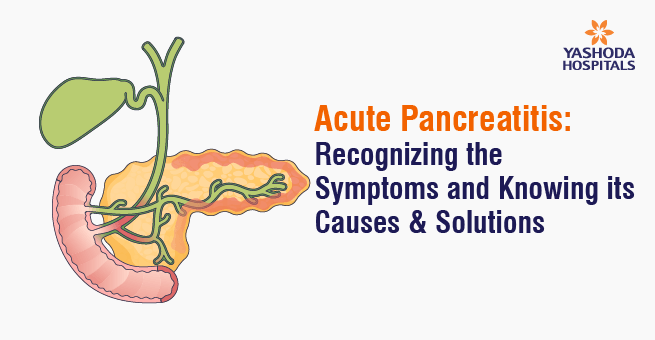
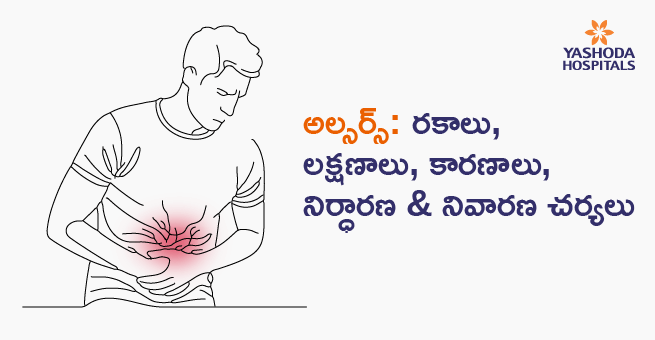
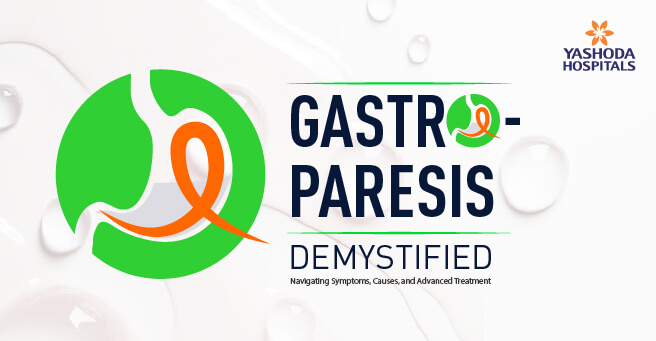

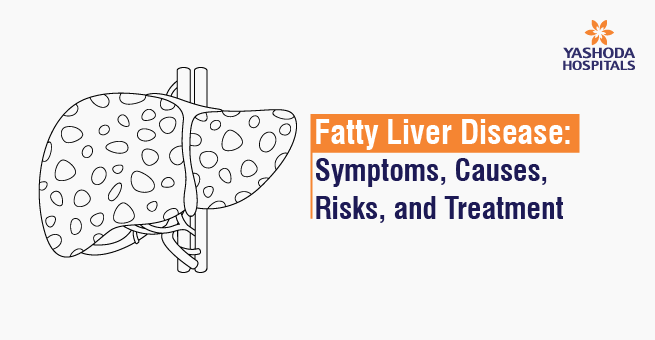

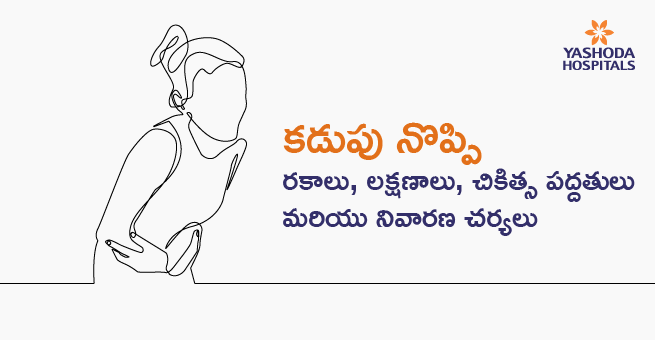
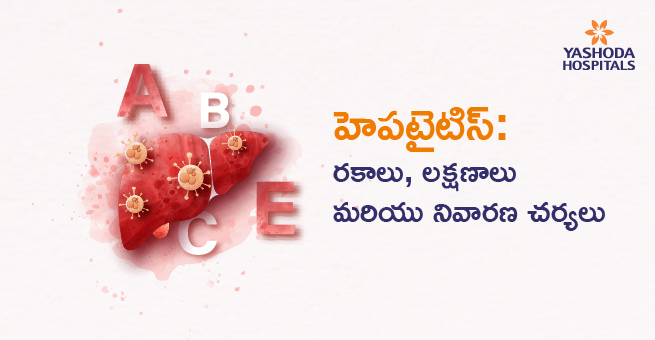
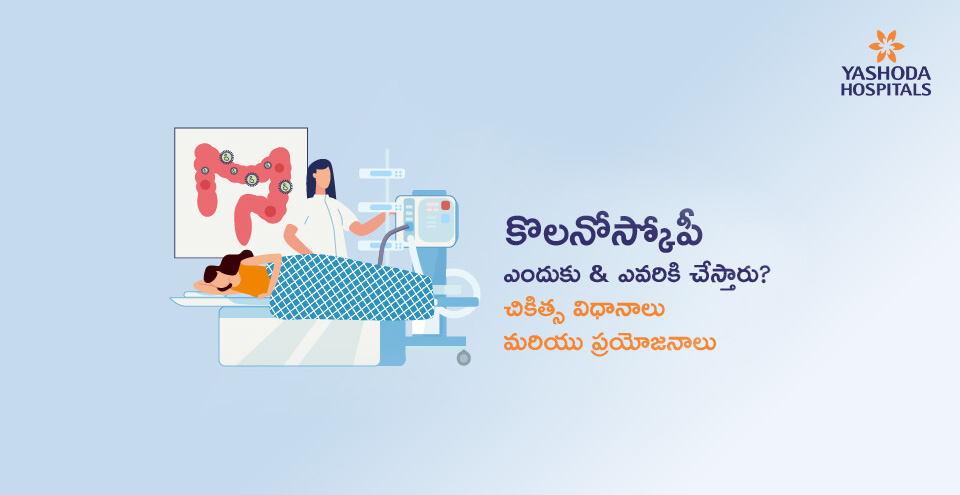
 Appointment
Appointment WhatsApp
WhatsApp Call
Call More
More

